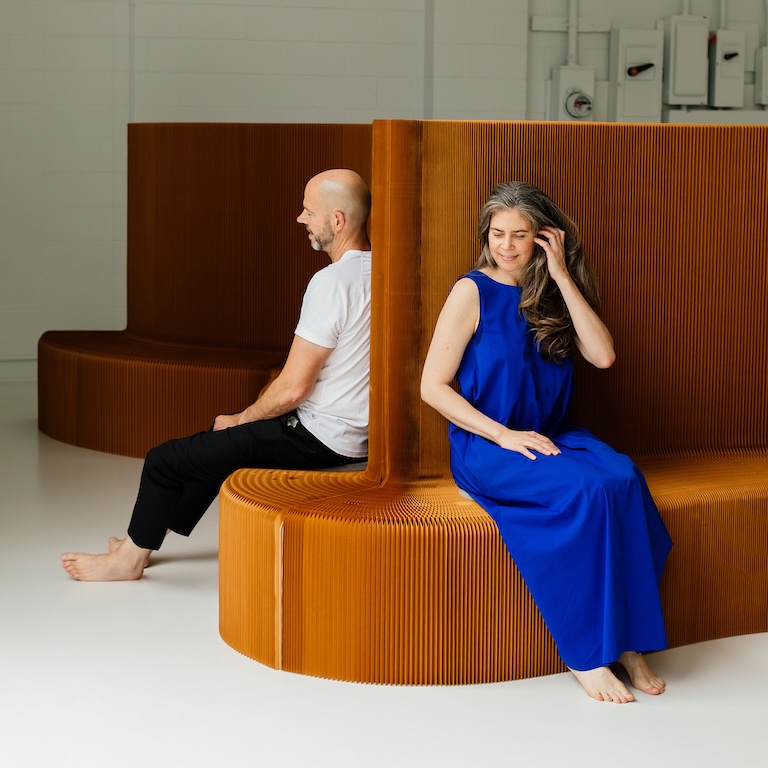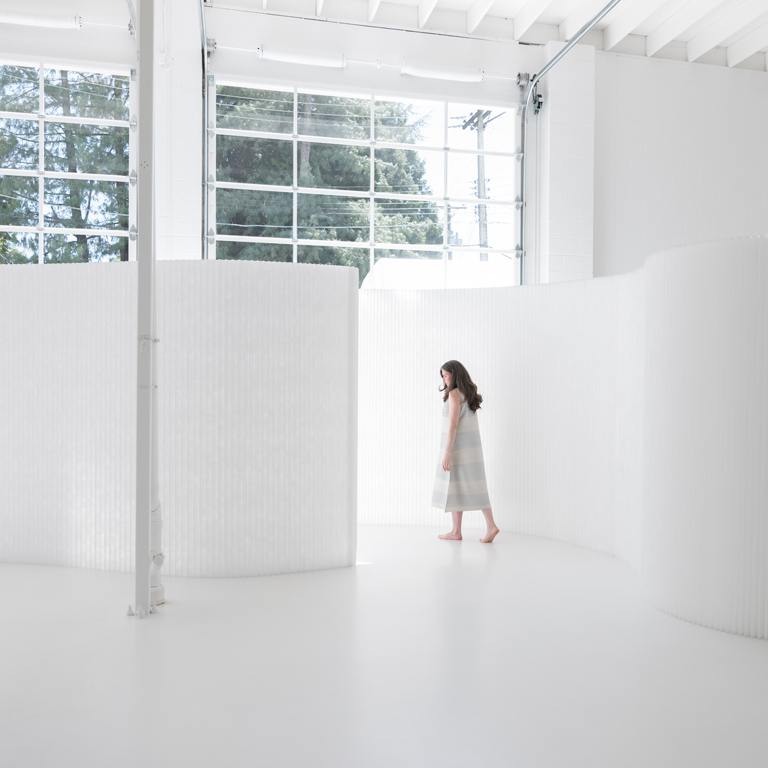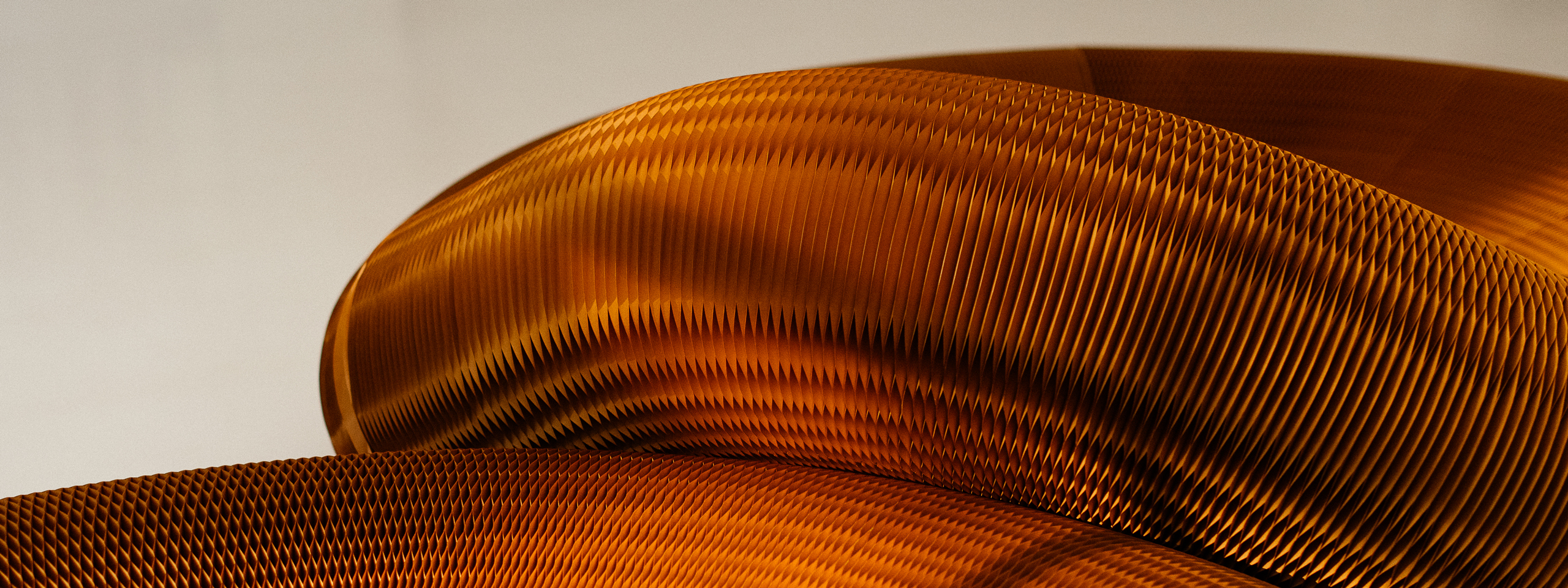
by Stephanie Forsythe and Todd MacAllen
In a world of constant flux, our spaces should be as adaptable as we are—fluid rather than rigid, responsive rather than resistant. At molo, we see flexibility not just as a design choice but as a philosophy of sustainable living. A space that evolves is a space that endures.
We approach our design through three core sustainability principles: adaptability, efficient use of materials, and responsible material choices. Every detail, from materials to adhesives and dyes, is considered with longevity and environment in mind.
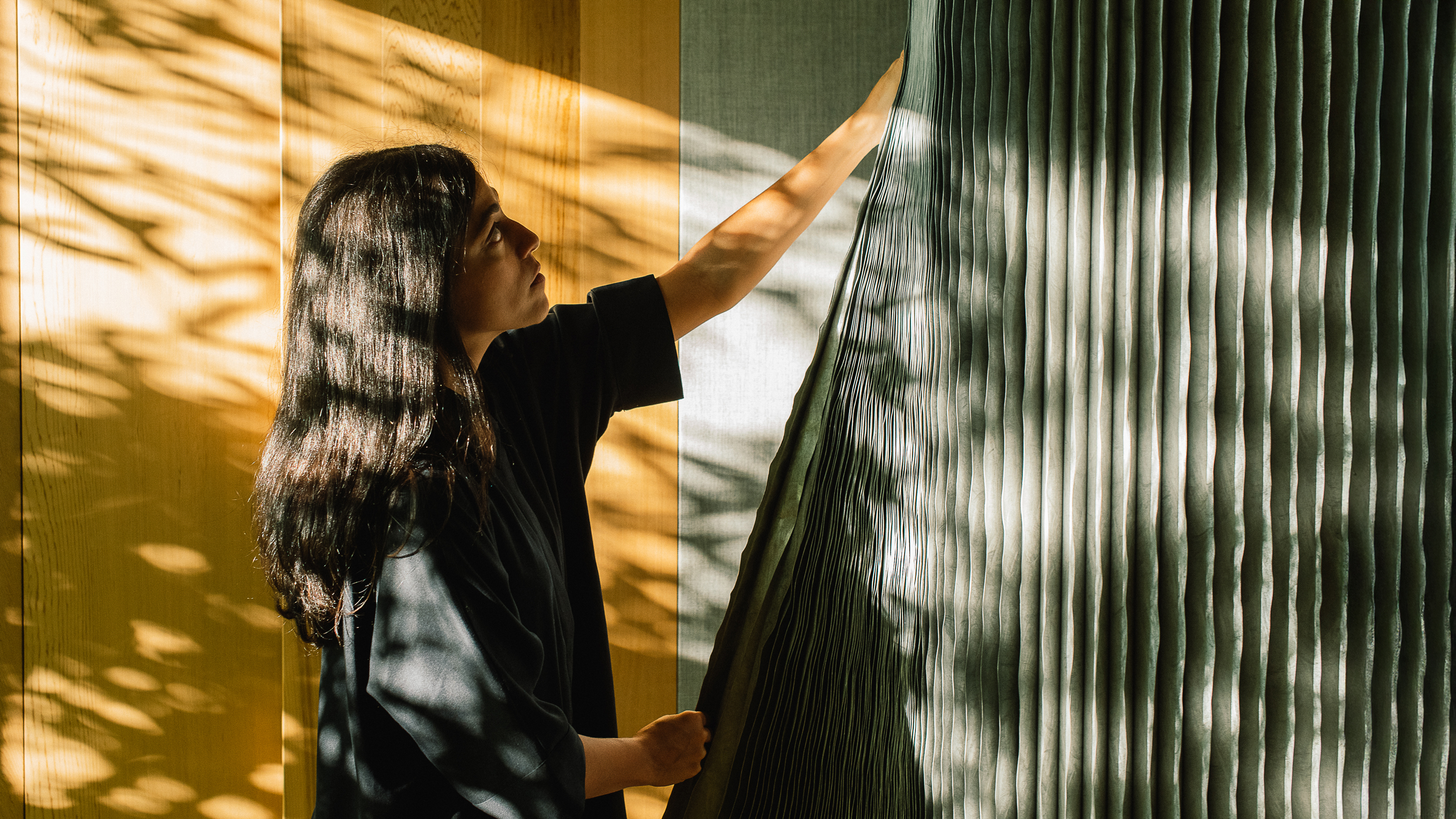
adaptable beginnings
Being sensitive to the environment in a multifaceted way has always been integral to our design process. Early on, we recognized that a great deal of waste in architecture is caused by the constant demolition and rebuilding of interiors and whole buildings. We decided that buildings and interior architecture should be flexible and adapt to change, reducing waste and destruction.
We also noticed that the built environment of our cities is largely defined by the building systems and materials readily available to architects and interior designers. We felt compelled to design more sustainable, flexible and sculpturally compelling systems that others could also build with.
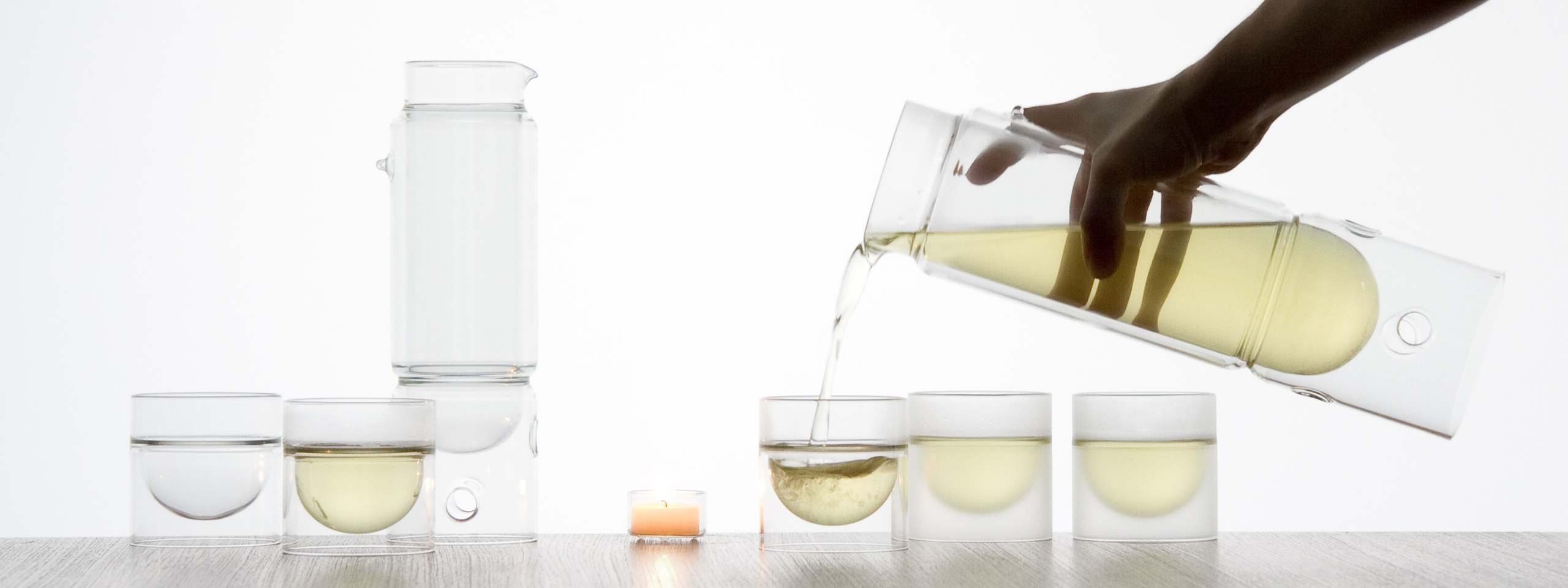
single-material objects
Before founding molo, we were exploring the potential of single- material objects. Combining multiple materials complicates or inhibits recycling. The spot where two materials meet often makes assembly, maintenance or disassembly awkward or unlikely. We decided to try working with one material per object as much as possible. Every material introduced should serve a clear purpose and be easily reused, recycled or returned to the earth.
This constraint became a creative mandate. We were drawn not only to functional benefits but also to the sculptural possibilities of working within a single material’s vocabulary. Immersing ourselves in its haptic, optical, and structural properties, we explored ways to join a material to itself—an approach that continues to define the aesthetic forms and multisensory experience of our soft collection for flexible space-making and float our collection of temperature- resistant double-walled glassware.
efficient use of materials + responsible material choices
softwall consists of 1% material and 99% air when fully expanded. That modest 1% of material is paper made from wood harvested from FSC® Certified (FSC® C158591) responsible sources or 100% polyethylene non-woven textile, both offering durability while remaining fully recyclable.
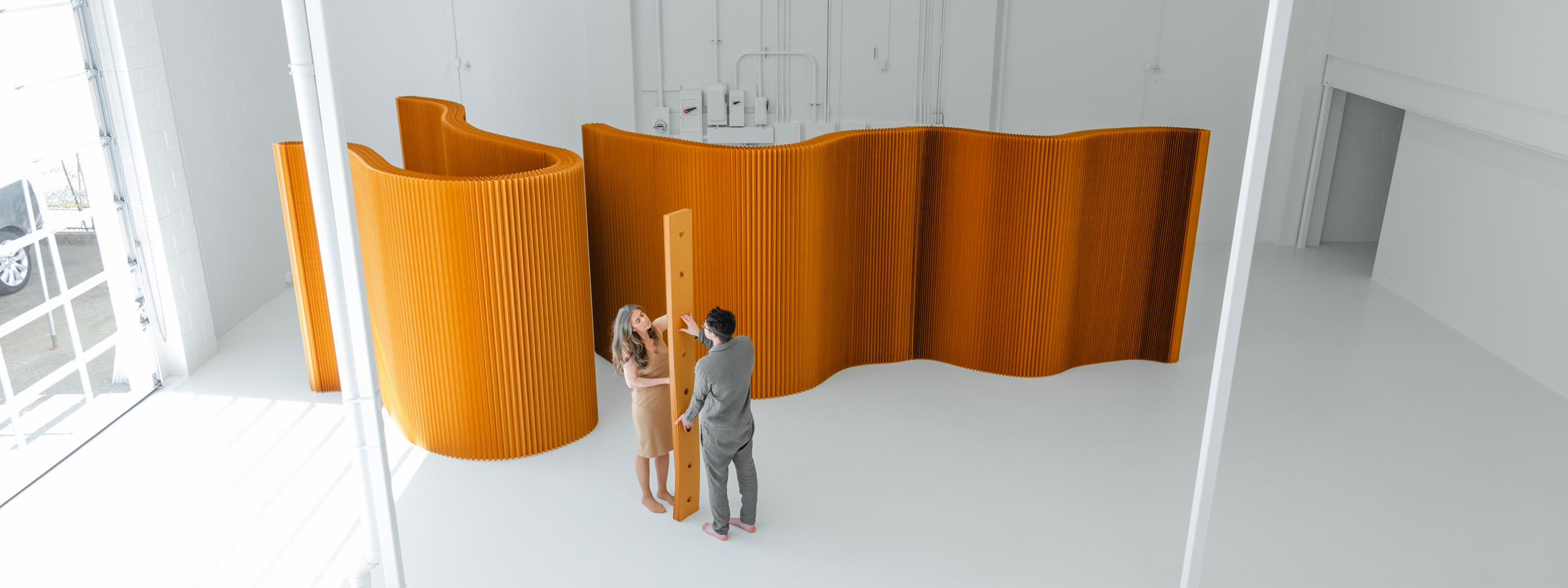
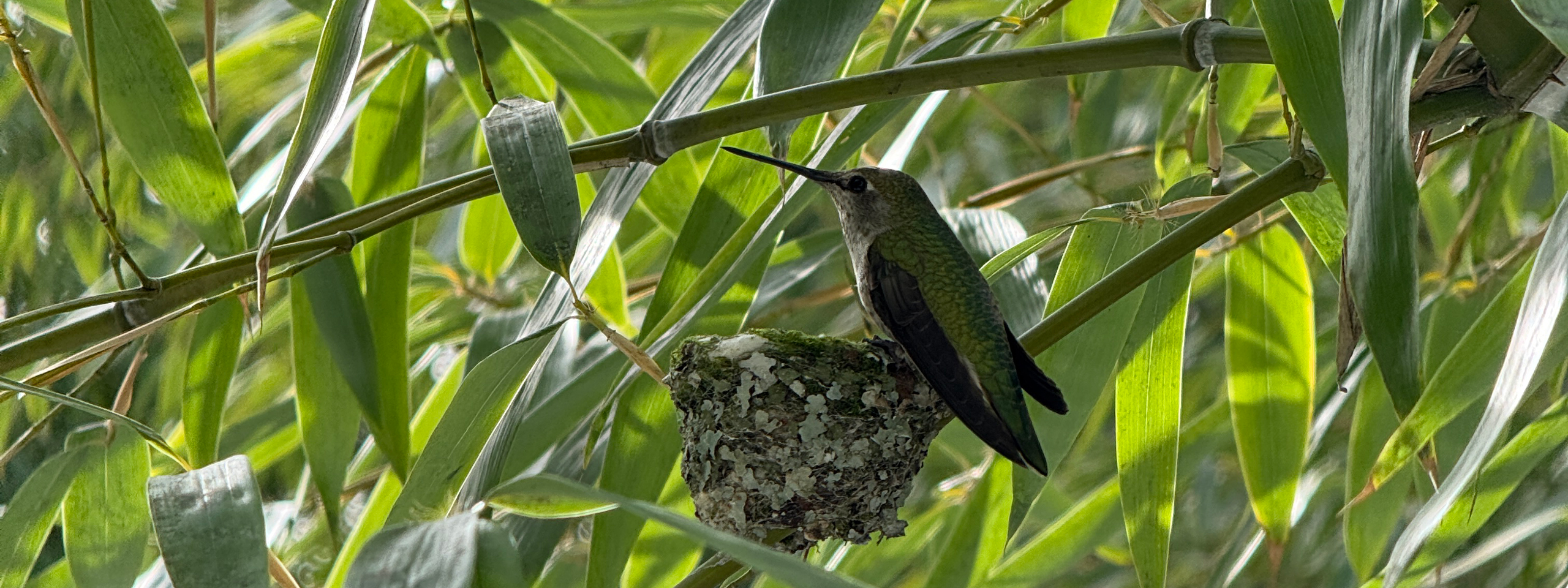

lessons from the hummingbird
Hummingbirds are wonderful teachers of flexible, sustainable architecture. In the molo studio bamboo garden, we recently observed one building her nest from a flexible brocade of spider silk and lichen. We learned these materials allow the nest to stretch around the chicks as they hatch and grow. Mirroring our own products that expand with us, the hummingbird nest proved that the most sustainable designs embrace change.
Our soft collection embodies this fluidity: each element is a sculptural, simple, yet ever-changing object. We put endless consideration into materials that will support change while being earth-friendly. By choosing non-toxic adhesives, dyes, and fire retardants, we deliberately intersect sustainability with wellness.
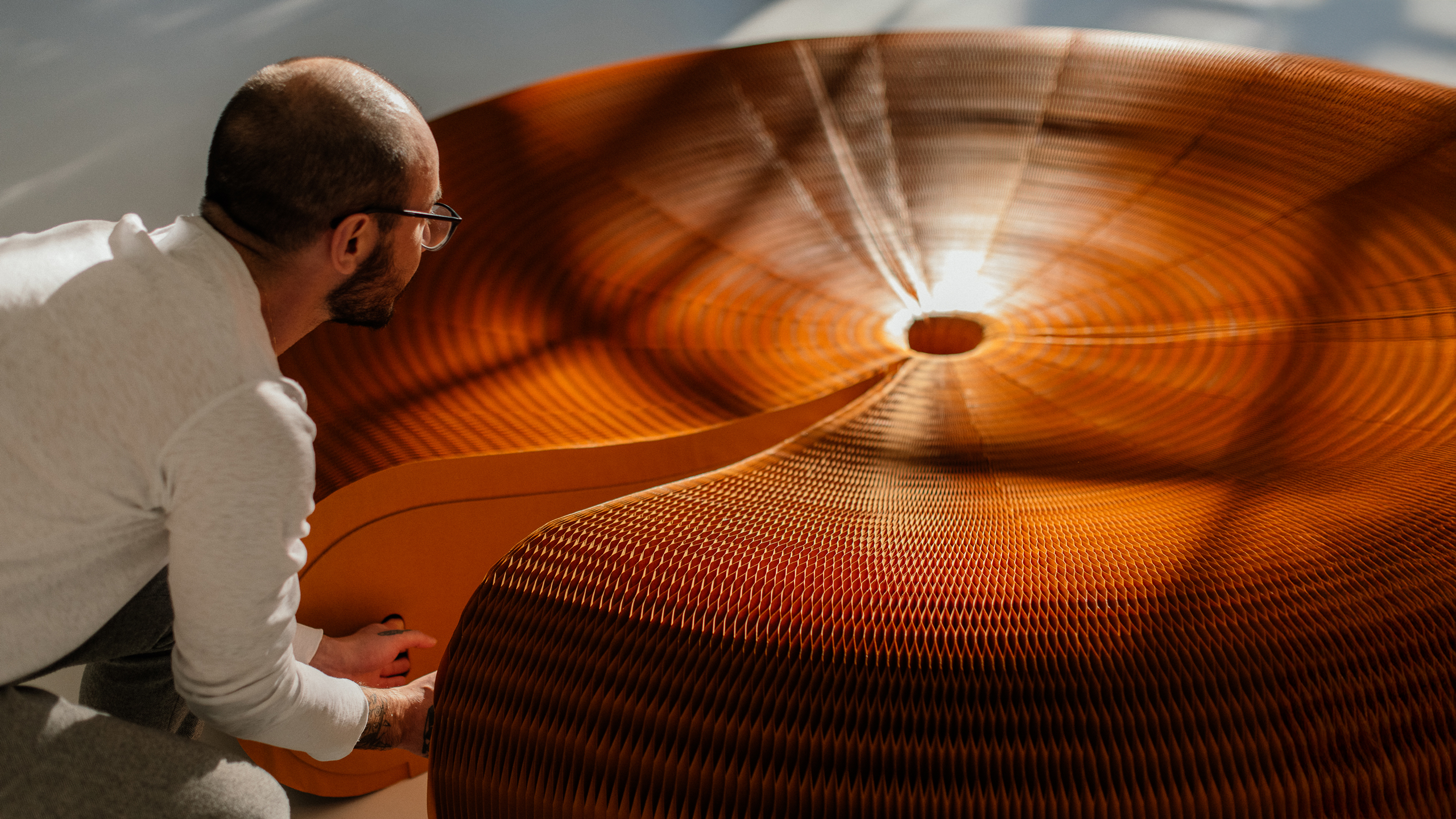
longevity in mind
The most sustainable choice is often an original design—crafted with care and a commitment to longevity. In contrast, replicas are inherently made by companies looking for shortcuts, prioritizing cost-cutting over integrity, often compromising sustainability and ethics along the way. We’ve seen imitations of molo’s products in the market, and we question whether they uphold the same standards to the details that matter.
A brand invested in original work is motivated by and invested in those details (materials, craftsmanship, and environmental effects), but those willing to take shortcuts in design are likely to take them elsewhere. A lower price tag often conceals a greater cost.
Brands that create with care shape a more thoughtful and responsible world. As consumers, we must learn to discern between originals and replicas, and decide if the cheaper imitation aligns with our values and beliefs.
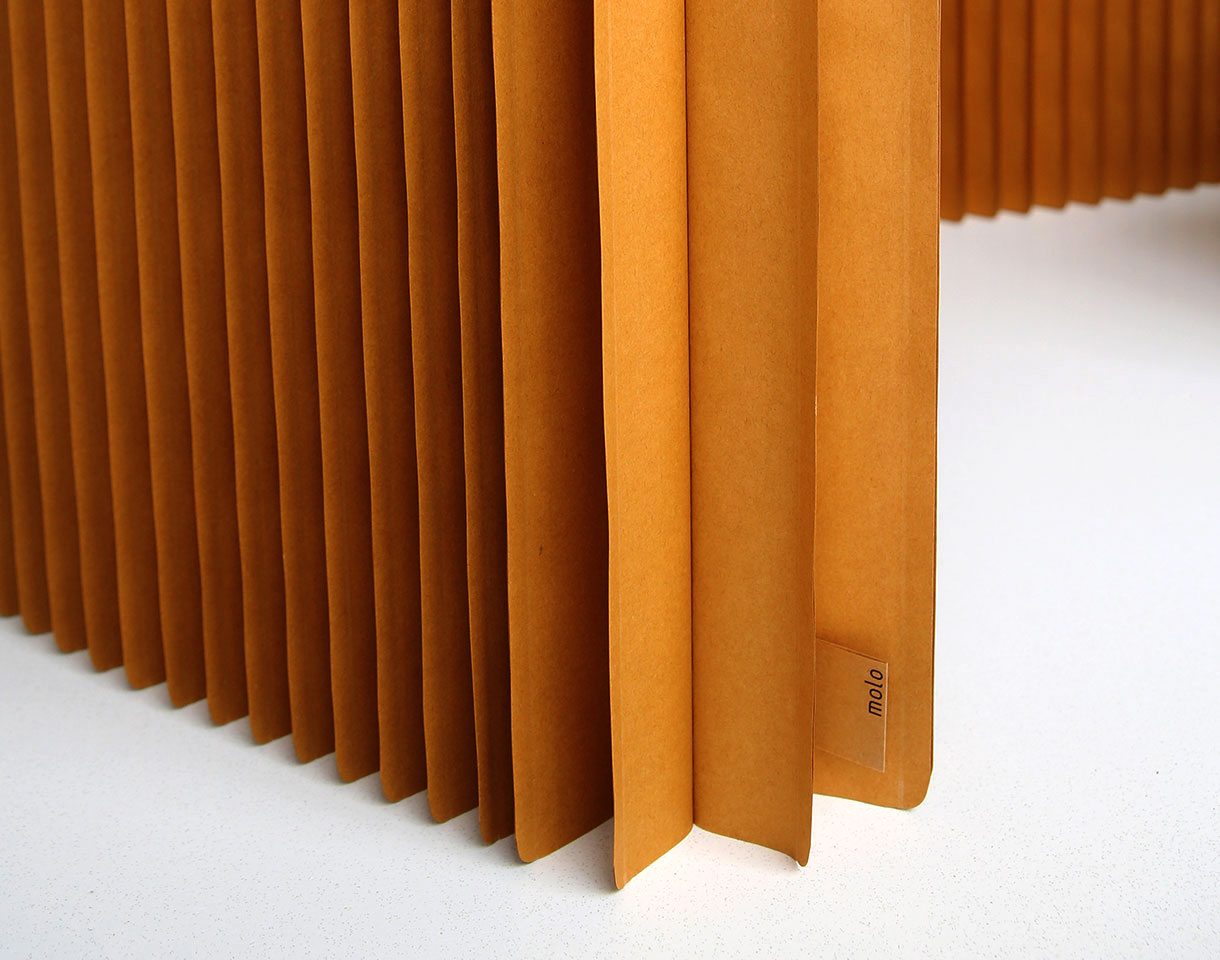
paper
Paper is often thought of as fragile and disposable in our culture. When we began our studies and experiments of folding and laminating paper we paid close attention to the direction of the grain and learned about the strength of using long, slender, flexible fibre from northern trees (which grow slower). We discovered that paper could be a viable structural material and realized that we hade never seen it used architecturally in a way that celebrated both its strength and resiliant flexibility. Laminating our heavyweight kraft paper into vertical cellular structures achieves surprising and impressive strength. The flexibility of these products allows them to adapt and move with the changes in your life.
Small design details also contribute to longevity, such as the radius cut where the corners of softwall meet the floor, reducing friction and avoiding signs wear and tear (dog ears) from movement. We thoughtfully select materials, colours and finishes that either have a very strong lightfastness or age gracefully with attractive patina over time.
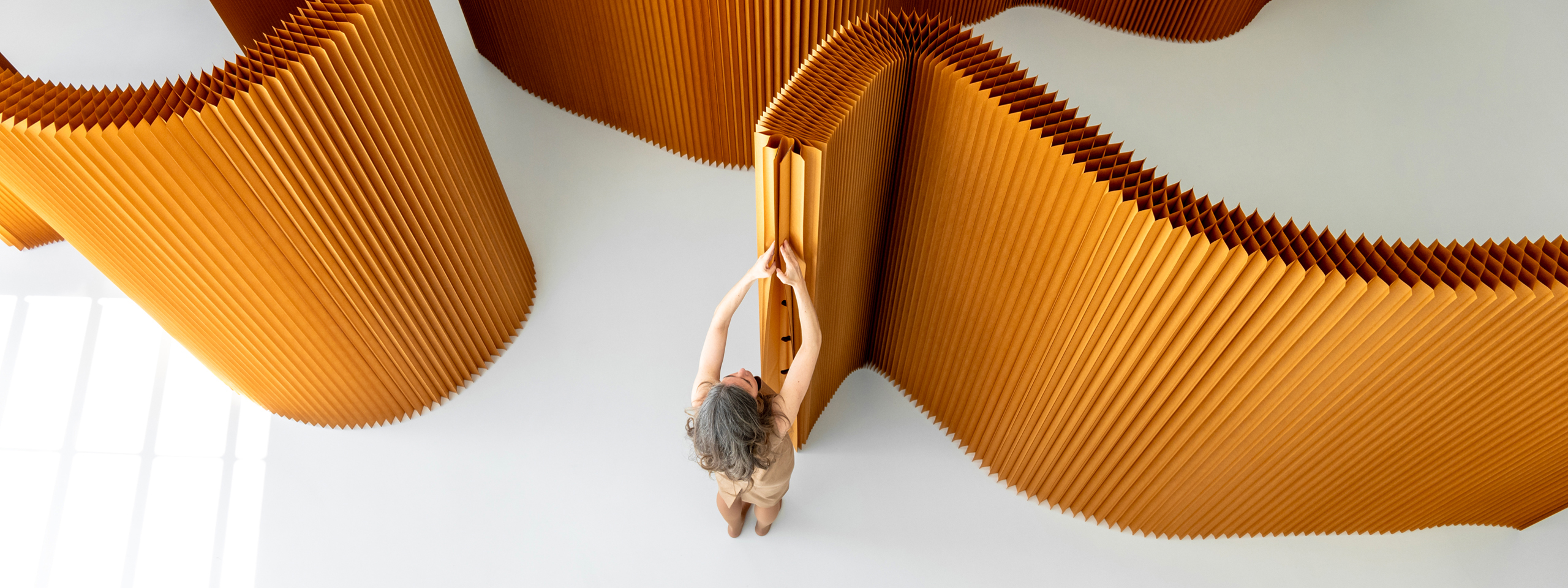
overcoming throw-away culture
A rise in replicas goes hand in hand with a trendy, throwaway culture. People become accustomed to buying and discarding year after year. This behaviour comes with being emotionally disconnected from objects and environments. Canned interior spaces and disposable objects inevitably affect our mental wellness, too, flipping us into autopilot and numbing us to our surroundings. If it’s hard to be present, engaging with and caring about our environments becomes harder and less likely.
We strive to make design choices that will elicit a sense of delight, engagement and pride, so that people will want to live with them 50 years later.
Our love affair with paper began as an experiment as we sought to challenge its perception as disposable. When we introduced softwall, we weren’t sure if others would embrace paper as a lasting building material, but we trusted that if we found it delightful, useful and beautiful, others would too. The overwhelmingly positive reception to paper softwall was a pleasant surprise from the beginning. Twenty years on, a growing community is shaping their worlds for work, home, and play
From soft collection’s paper and textile pieces, often adding to their kit of molo building components over time by connecting the magnetic end panels, stacking elements and layering spaces.
We are proud to create products that step lightly on the earth, moving with people and the changes in their lives.
See molo at TED 2025 · April 7-11
Aligning on sustainability and the TED belief that “ideas change everything” molo is a proud partner of TED 2025 in Vancouver.
